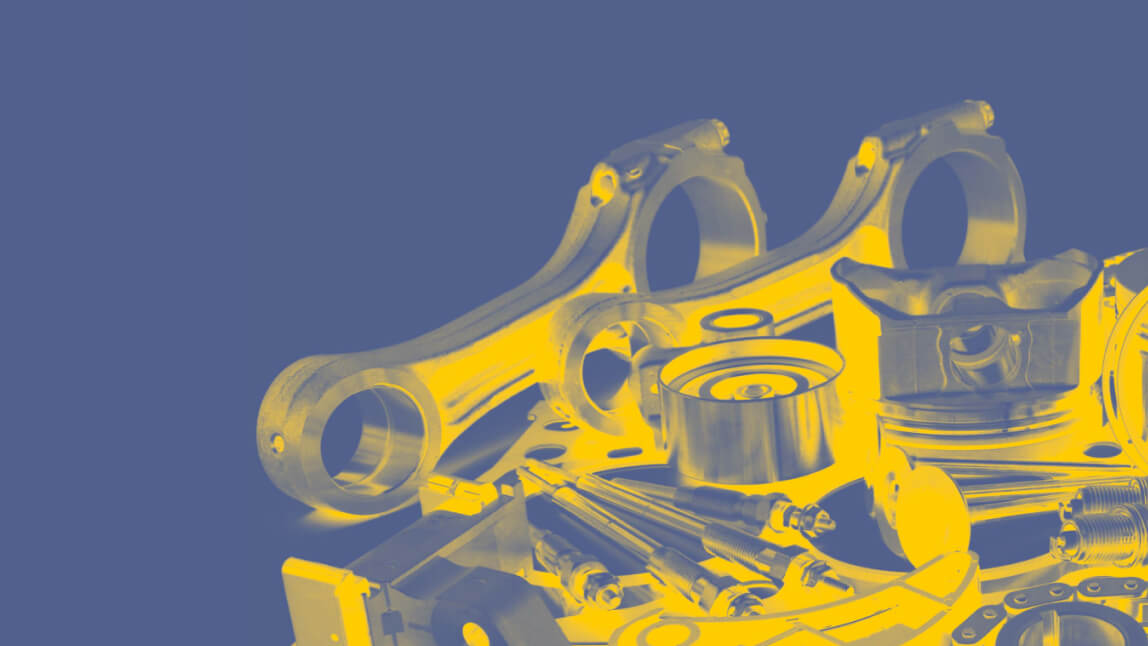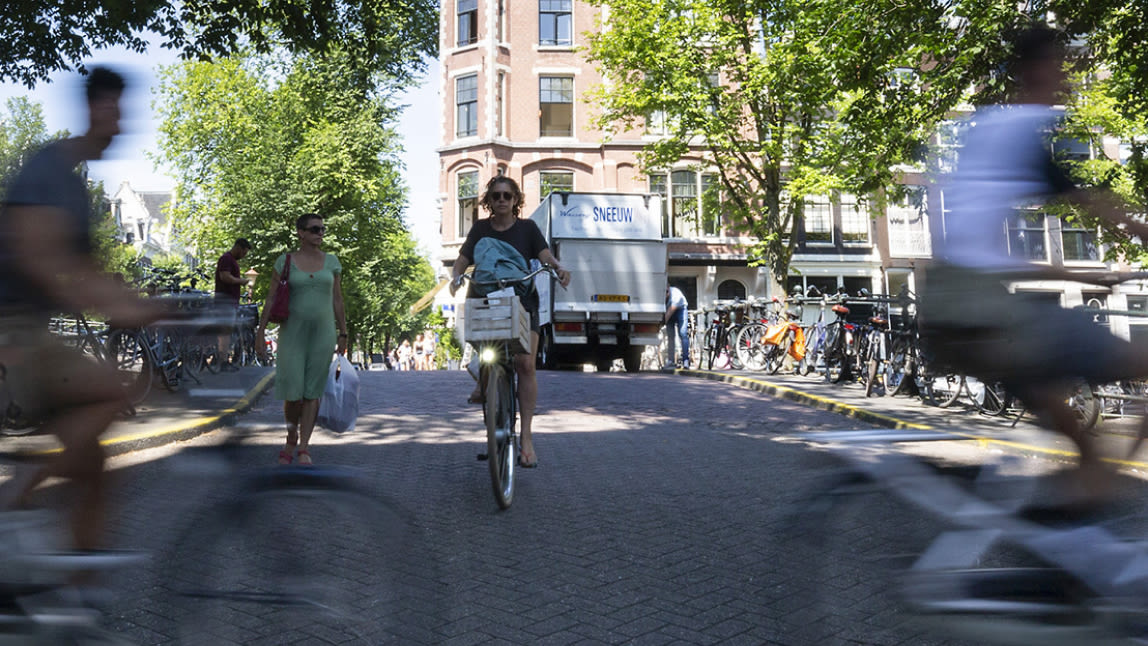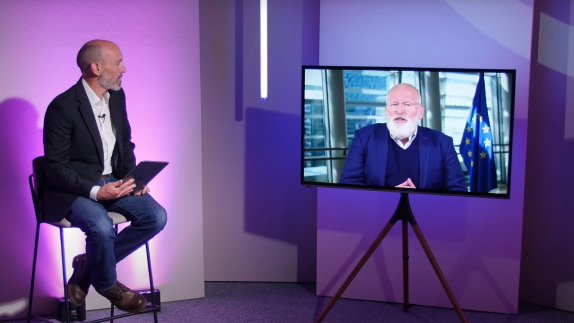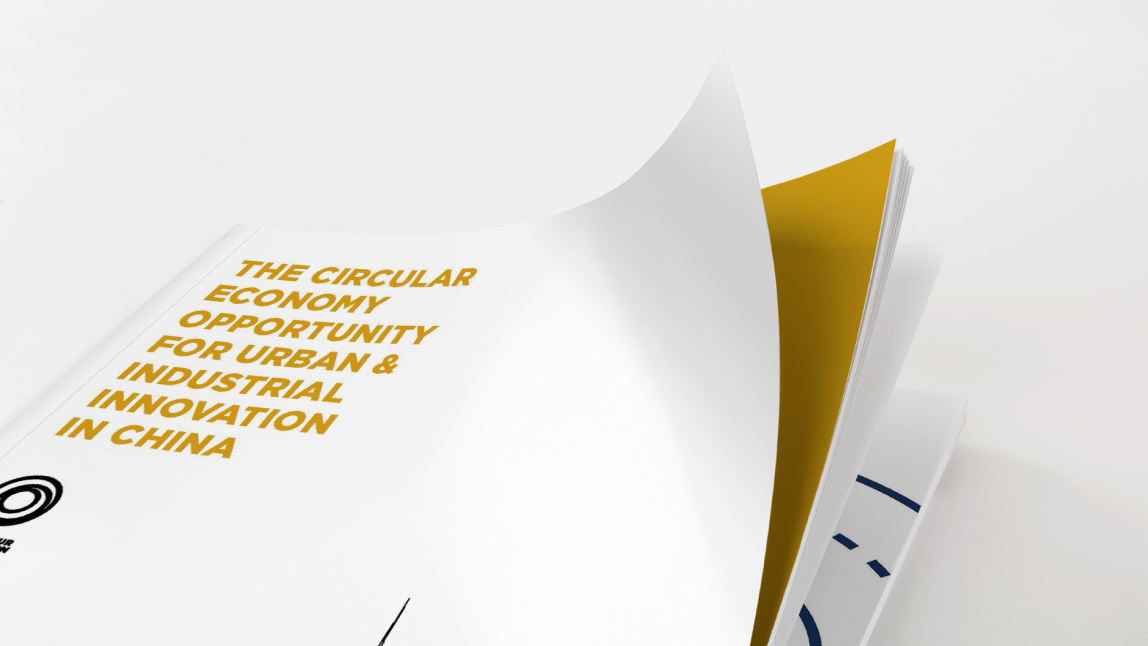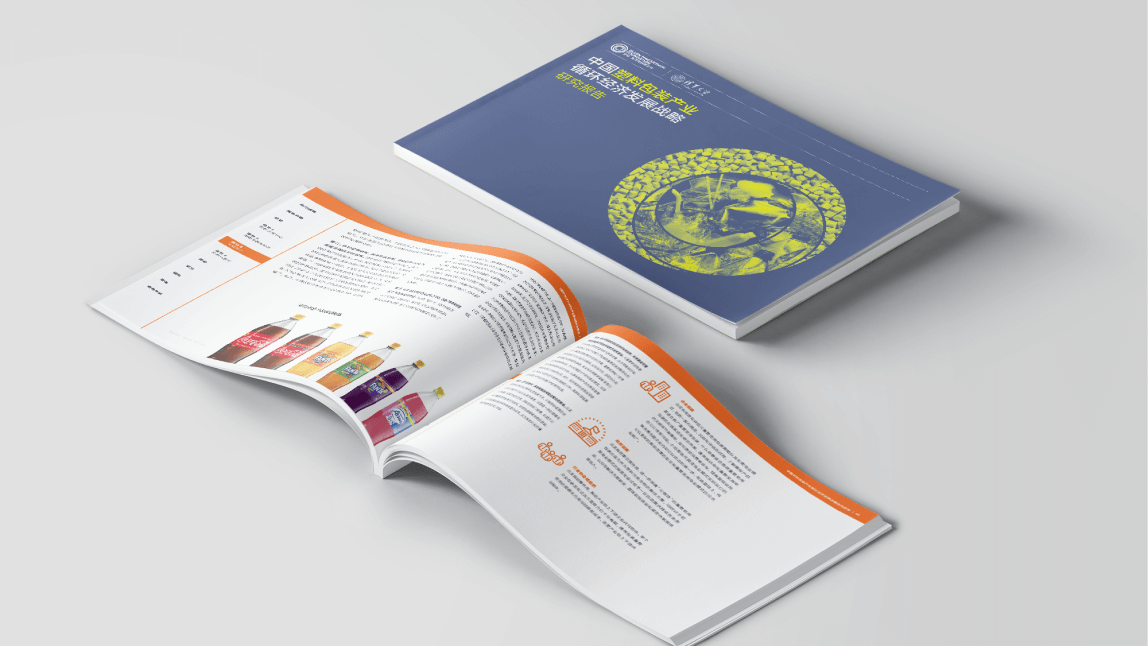China and the European Union (EU), world leaders in circular economycircular economyA systems solution framework that tackles global challenges like climate change, biodiversity loss, waste, and pollution. It is based on three principles, driven by design: eliminate waste and pollution, circulate products and materials (at their highest value), and regenerate nature. policy, sign a Memorandum of Understanding on Circular Economy Cooperation at the 20th EU-China Summit in Beijing on 16th July
Transition to a circular economy in the world’s two largest economies could accelerate adoption of circular economy practices at a global scale, creating potential for a ‘system shift’ towards a low carbon, regenerative economy
New analysis from the Ellen MacArthur Foundation finds that transition to a circular economy in China’s cities could make goods and services more affordable for citizens, and reduce impacts normally associated with middle class lifestyles, such as traffic congestion and air pollution. Earlier research found that Europe could, by 2030, add €0.9 trillion to its GDP by moving to a circular economy, while halving its CO2 emissions
China and the EU have signed a joint Memorandum of Understanding on Circular Economy Cooperation at the 20th EU-China Summit taking place in the Chinese capital on 16th-17th July. Both stand to gain from aligning on policies that support the transition to a circular economy, which can unlock new sources of economic growth and innovation while benefiting people and the environment, for example by reducing pollution and congestion.
China has long been a pioneer of circular economy policies and practices, and Chinese cities are hubs of circular economy innovation.Transition to a circular economy presents China’s cities with significant opportunities to create new value, economic growth, and further drive that innovation, while becoming more liveable for citizens. Collaboration and sharingsharingThe use of a product by multiple users. It is a practice that retains the highest value of a product by extending its use period. of knowledge and best practices are key to unlocking these opportunities. Closer alignment on the circular economy between China and the EU is a significant step, paving the way for a global shift towards an economic system that works for business, people and the environment.
- Dame Ellen MacArthur, Founder, the Ellen MacArthur Foundation
China has been a frontrunner on circular economy policy for more than two decades. Its long- standing commitment to the circular economy was reaffirmed by President Xi at the 19th National Congress of the Communist Party of China last year. In Europe, the EU Action Plan for the Circular Economy, launched by the European Commission in 2015, established an ambitious programme of action and a timeline for its delivery.
The economic benefits of transition to a circular economy in Europe are well recognised: a 2015 Ellen MacArthur Foundation report found that transition to a circular economy could add €0.9 trillion to Europe’s GDP by 2030. This would be accompanied by better societal outcomes including an increase of €3,000 a year in household income, a reduction in the cost of time lost to congestion by 16%, and a halving of carbon dioxide emissions compared with current levels.
New analysis of Chinese cities, to be published later this year, quantifies the opportunities for urban and industrial innovation that transition to a circular economy could bring, after decades of rapid development and urbanisation. The research was conducted by the Ellen MacArthur Foundation in partnership with Arup and McKinsey & Company, supported by UNCTAD, funded by the MAVA Foundation, and with extensive consultation with government departments, academics and business circles in China. It finds that applying circular economy principles to transform China’s cities could not only make goods and services more affordable for citizens, but also reduce the impacts normally associated with middle class lifestyles, such as traffic congestion and air pollution.
China’s current development favours a circular economy, including substantial investments in renewable energyrenewable energyEnergy derived from resources that are not depleted on timescales relevant to the economy, i.e. not geological timescales., rapid development of digital technologies, and a boom in asset-sharing platforms. Pioneering Chinese companies and initiatives are actively embracing a circular economy approach. The MoU is expected to set the scene for greater sharing with European counterparts of best practices already in place in China, and vice versa.
This historic agreement could pave the way for China and the EU to align key mechanisms, and potentially create the building blocks for product standards and policies, which can enable an effective circular economy, for example in the area of plastics. Indeed, plastics has been a recent policy priority for both China and the EU, as the focus of the EU’s circular economy agenda in 2017, and covered by China’s foreign waste import ban in 2017.

